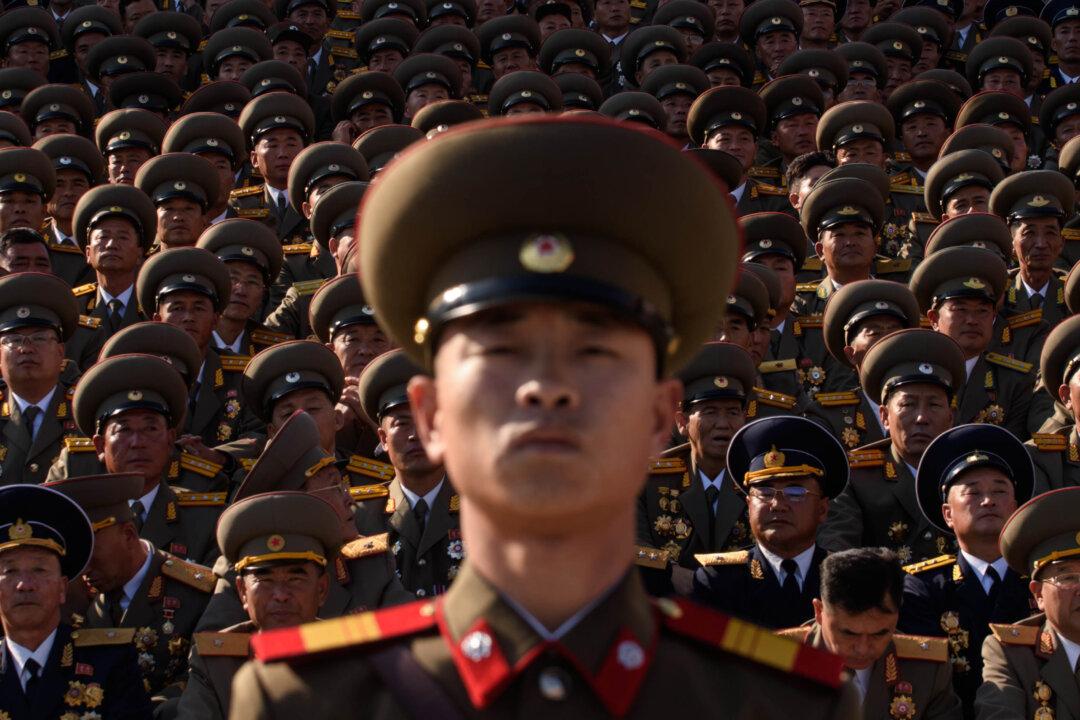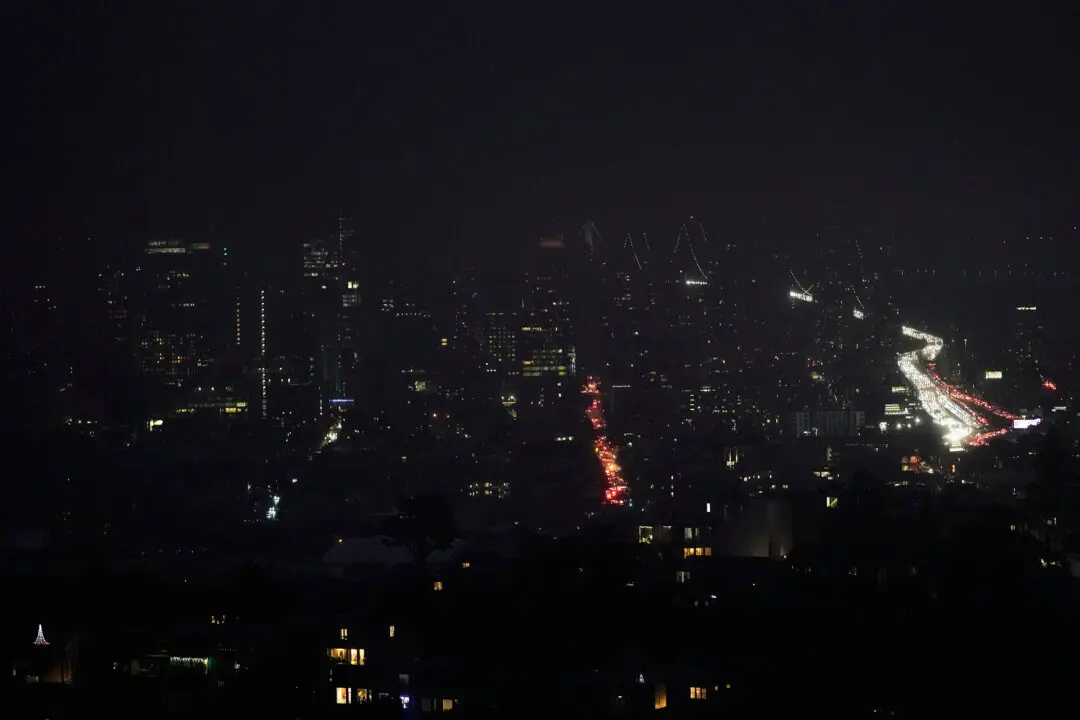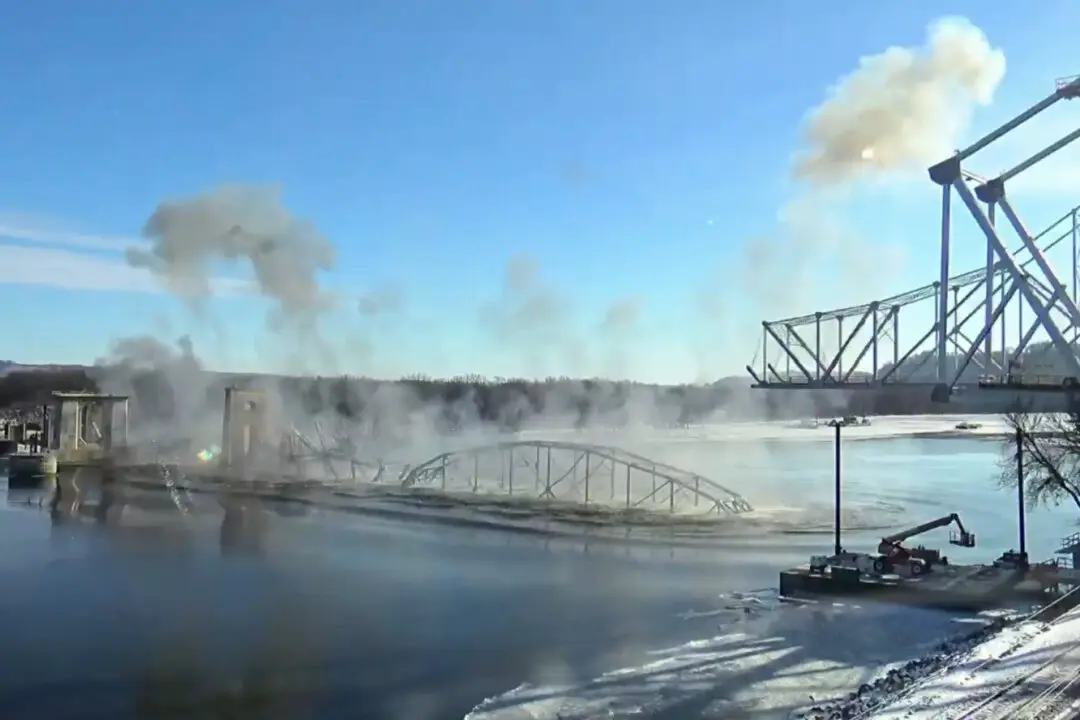SEOUL, South Korea—North Korea trumpets a hydrogen bomb test. South Korea responds by cranking up blasts of harsh propaganda from giant green speakers aimed across the world’s most dangerous border. Now Pyongyang warns of war, even as it reportedly has started its own broadcasts.
As the world looked Saturday for ways to punish the North over a nuclear test that pushes Pyongyang closer to its goal of a nuclear-armed missile that can reach the U.S. mainland, the two Koreas have quickly slid into the kind of Cold War-era standoff that has defined their relationship over the past seven decades.
A top North Korean ruling party official’s warning that the South’s broadcasts have pushed the Korean Peninsula “toward the brink of war” is typical of Pyongyang’s over-the-top rhetoric. But it is also indicative of the real fury that the broadcasts, which criticize the country’s revered dictatorship, cause in the North.
Seoul resumed the cross-border broadcasts Friday for the first time in nearly five months. Pyongyang says the broadcasts are tantamount to an act of war. When Seoul Korea briefly resumed propaganda broadcasts in August after an 11-year break, Seoul says the two Koreas exchanged artillery fire.
South Korea’s Yonhap news agency, citing an anonymous military source, reported late Saturday that the North had started its own broadcasts, presumably to keep its soldiers from hearing the South Korean broadcasts. The North’s broadcasts were too weak to hear clearly on the South Korean side of the border. South Korean military officials wouldn’t confirm the Yonhap report.





